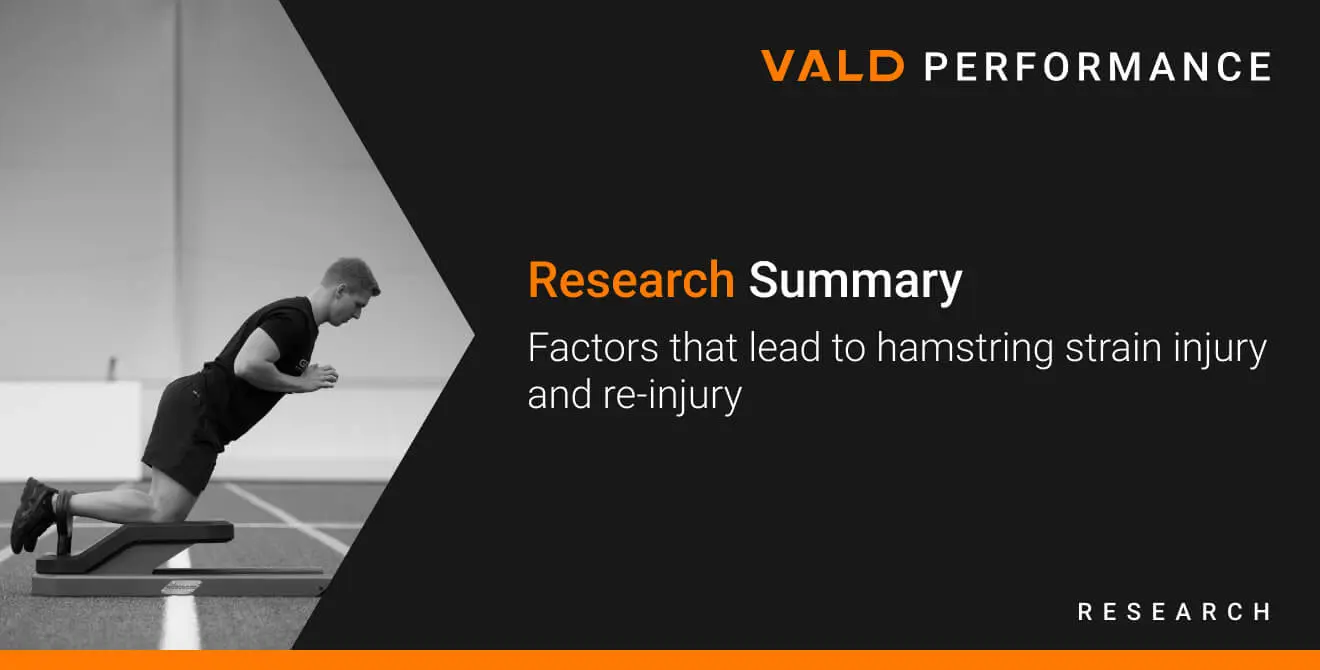RESEARCH SUMMARY: Factors that lead to hamstring strain injury and re-injury (Opar et al., 2012)
Available in:
EN
Title: Hamstring strain injuries: Factors that lead to injury and re-injury
Author/s: Opar (@davidopar), Williams (@drmorgs), Shield (@das_shield)
Year: 2012
Journal: Sports Medicine (ISSN: 0112-1642)
Question: What are the factors leading to injury and re-injury of the hamstring muscles?
Key Takeaway: Many current intervention strategies show mixed success. Time for a new approach?
Link: https://link.springer.com/article/10.2165/11594800-000000000-00000 (login required for fulltext)
Summary: This paper is considered the go-to resource for understanding the basics of hamstring strain injury. Covering epidemiology, mechanisms of injury, what we currently know about risk factors, and how we have attempted to tackle these risk factors, this paper gives an overview of the problem at hand. The authors propose a new conceptual framework which could help further understand the undesirable changes to the hamstring muscle structure and function after injury and during the subsequent rehabilitation.
Key Findings:
- HSIs are the most common occurring non-contact injury in a variety of running based sports
- HSIs typically occur in the late swing phase of running.
- There are number of non-modifiable and modifiable risk factors for injury
- There are morphological and functional changes to the muscle after injury, it remains to be seen where they are the cause or a result of the injury.
- A number of interventions have been conducted to address the risk factors, with eccentric training shown to be useful in reducing recurrent and initial HSI.
- The authors propose neuromuscular inhibition could potentially explain the maladaptations post injury.
